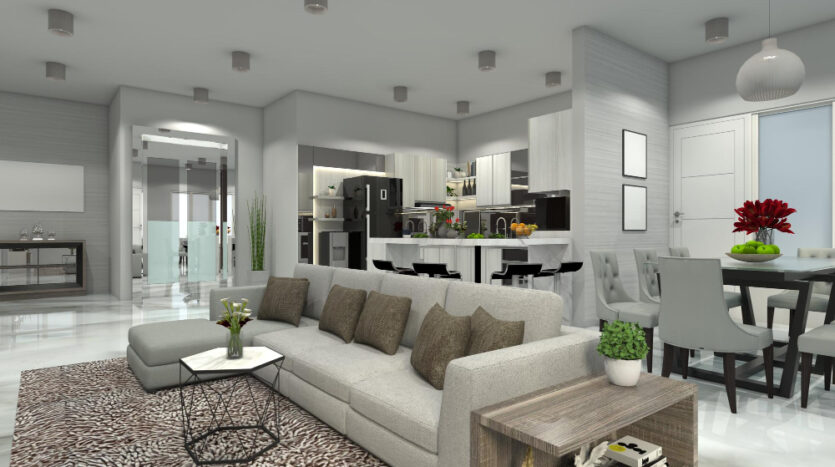Kileleshwa vs Kilimani: Which Is Better for Apartment Buyers in 2025
Introduction
If you are searching for apartments in Nairobi, the big debate often comes down to Kileleshwa vs Kilimani. Both are prime locations, popular with professionals, investors, and diaspora buyers. Each neighborhood has unique strengths — from lifestyle and pricing to rental yields and long-term growth potential. This guide breaks down the pros and cons of both to help you decide where to buy apartments in Nairobi in 2025.
Location Overview
Kilimani
- Centrally located, connecting Nairobi CBD, Upper Hill, and Westlands.
- Close to major roads like Ngong Road, Argwings Kodhek Road, and Ring Road.
- Popular with young professionals, embassies, and NGOs.
Kileleshwa
- Leafier and quieter, with lower density than Kilimani.
- Easy access to Lavington, Westlands, and Riverside Drive.
- Attracts families, diplomats, and those seeking privacy.
For more on these areas, explore our detailed apartments for sale in Kileleshwa and apartments for sale in Kilimani listings.
Apartment Prices in 2025
- Kilimani: Studio and 1-bedroom apartments start from KES 6–8M. 2-bedroom units average KES 12–18M. High-end apartments with DSQs or penthouses can reach KES 25M+.
- Kileleshwa: Prices are slightly higher for similar sizes due to larger spaces and lower density. Expect 2-bedroom apartments from KES 15–20M, with luxury duplexes hitting KES 30M+.
For mid-range options, check our affordable housing in Nairobi page.
Lifestyle and Amenities
Kilimani
- Bustling with restaurants, shopping malls, nightlife, and co-working spaces.
- Appeals to younger buyers and those seeking a vibrant, social lifestyle.
- Many new developments with modern amenities: gyms, pools, rooftop lounges.
Kileleshwa
- Quieter, more family-friendly environment.
- Apartments often come with bigger balconies, green spaces, and fewer units per block.
- Closer to international schools and embassies.
Rental Yields and Investment Potential
- Kilimani: Strong rental market due to professionals, NGOs, and embassy staff. High occupancy rates for furnished apartments and Airbnbs.
- Kileleshwa: Higher long-term appreciation due to limited supply and zoning that restricts high-rise density. Attracts premium tenants looking for security and privacy.
To compare broader trends, see our Real Estate Market Trends Kenya 2025 report.
Pros and Cons
Kilimani
Pros:
- Central, vibrant, high rental demand.
- Affordable entry compared to Kileleshwa.
- Great for furnished rentals.
Cons:
- Higher density, more traffic, less privacy.
- Noise from nightlife and commercial activities.
Kileleshwa
Pros:
- Leafy, quiet, upscale neighborhood.
- Larger living spaces, family-friendly.
- Strong long-term value preservation.
Cons:
- Higher upfront cost.
- Fewer entertainment options nearby.
Frequently Asked Questions
Is Kilimani or Kileleshwa better for first-time buyers?
Kilimani offers more affordable entry points, making it suitable for first-time investors.
Which location has higher rental yields?
Kilimani has stronger short-term yields from furnished rentals, while Kileleshwa delivers stable, high-end tenancy returns.
Where do families prefer to live?
Most families lean towards Kileleshwa for its space, greenery, and quieter setting.
Which area is better for resale value in 2025?
Kileleshwa has higher long-term appreciation potential due to lower density.
Final Thoughts
In the Kileleshwa vs Kilimani debate, the right choice depends on your goals. If you want vibrant city life, affordable entry, and high rental turnover, Kilimani is ideal. If you value privacy, larger spaces, and long-term appreciation, Kileleshwa is your answer.

